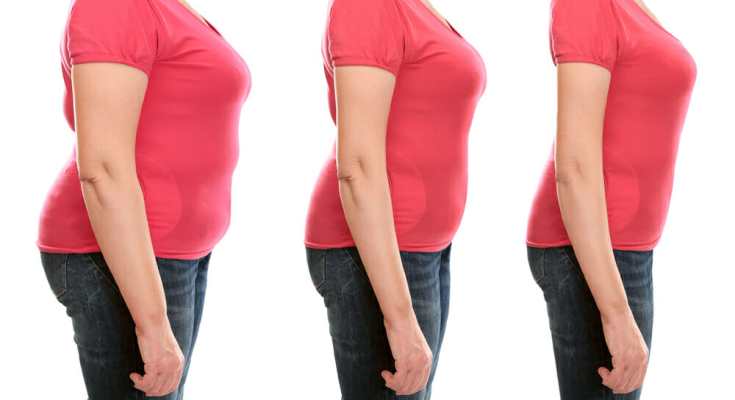If you’re searching for the best way to eliminate fat without surgery, CoolSculpting is your answer. This less-invasive option is the surgical alternative that offers non-surgical and even no downtime. It uses a cooling device to freeze fat cells from your body. And with all of its many benefits like fewer recovery days, less at-home care costs, and it’s FDA approved for an average of six months of treatment per area.
So, what makes CoolSculpting stand apart as one of the most popular fat reduction options available? Simply put, it’s non-invasive, ultra-cooled fat freezing technology. This technology is delivered through a unique applicator and is safe for almost everyone regardless of age, weight or health. Do many people wonder that How Much Does CoolSculpting Cost? So that they can consider their budget first before opting for the treatment. Here are just some of the many benefits you can expect from CoolSculpting.
- Greater Safety and Reliability
Less pain and downtime compared to traditional surgeries. CoolSculpting is FDA certified for doctor-supervised applicator placement and performed by an experienced physician. You’ll have an easier time recovering from traditional surgeries, too.

- Greater Patient Satisfaction
Unlike other procedures that require you to address all issues at once, CoolSculpting targets fat loss in a single area for more effective results. Unlike other procedures that require you to address all issues at once, CoolSculpting targets fat loss in a single area for more effective results. No downtime and significant fat reduction, but it’s safe and effective. No downtime and significant fat reduction, but it’s safe and effective.
- Considerably Less Stress
It’s non-invasive, so no incisions are required, and there are fewer postoperative pains and complications. It’s non-invasive, so no incisions are required, and there are fewer postoperative pains and complications.
- Less Downtime
You can go back to your normal activities the very next day after the procedure.
- No Need for Intensive Energy Drinks
It doesn’t require special equipment or complicated diet plans. You can take the required medication to continue your daily routine without experiencing any decline. It doesn’t require special equipment or complicated diet plans. You can take the required medication to continue your daily routine without experiencing any decline.
- Low Risk of Anesthesia or Surgery Complication
Your body will experience a tiny cool touch rather than an extreme heat applied by traditional methods. It also eliminates the risk of infection compared to laser surgery.
- No Need for Risky Lipo-Surgery
No need for needles, blood or anaesthesia, and there’s no recovery time needed, which means that you won’t be immobilized and can return home the same day. Your physician will decide your treatment plan after a thorough consultation with you. The applicator is applied to carefully and precisely target your fat cells without affecting other areas of the skin.
- More Popular
CoolSculpting is the most popular FDA-approved fat reduction procedure in the world. It’s so popular that most people think twice before getting the treatment by thinking about its cost and budget.
- CoolSculpting is Safe and Effective for Patients of All Kinds
This unique technology has been used on patients with a wide range of health conditions. In addition, it can safely be used as a non-surgical option for many patients who may be otherwise uncooperative with traditional surgical treatment options.

Most people don’t know much about Coolsculpting, due to which they find it risky to consider having this treatment. But once people pay attention to the above details, they will know about the significant advantages of this treatment and the truth about how it helps people get the treatment without surgery. So try to stay focused and grab more and more information about it for better understanding.
